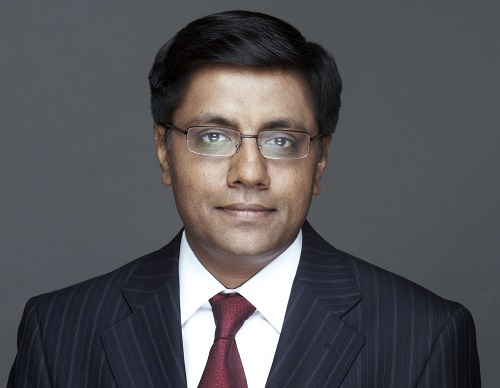Launched in April 2008, Mirae Asset India Opportunities Fund has emerged as one of the top performing equity schemes in the industry. Neelesh Surana, Head – Equity, Mirae Asset Global Investments (India) talks to Cafemutual about what helped the fund and his learnings as a fund manager.
 Describe your investment approach and how
it has evolved over time?
Describe your investment approach and how
it has evolved over time?
We invest in growth oriented quality businesses which are available are at a reasonable price and hold them for an extended period. From a portfolio construction perspective, we invest across sectors and stocks to generate better risk-adjusted returns.
What has helped Mirae Asset India Opportunities Fund build such a successful track record?
Since inception (over the last 7 years) Mirae Asset India Opportunities Fund (MAIOF) has delivered CAGR returns of 18% compared to the benchmark return of 9.5%, thereby generating alpha of about 8.5% CAGR. We have been able to outperform by investing in the right stocks. Disciplined approach to investing, focus on quality and risk mitigation by diversification has helped us deliver this satisfactory track record.
How do you plan to sustain the performance of the fund?
We need to continue to work and improve on the same factors as mentioned above, which we have done so far.
Do you think increasing size of the fund will pose a challenge in managing it?
Mirae Asset India Opportunities Fund AUM has crossed Rs. 1,000 crore last month; however the fund is too small both relative to peers as well as the market size/opportunity. Also, over time, stock calls are more important than size.
How do you identify the ‘emerging blue chips’ in Mirae Asset Emerging Blue-chip Fund?
Quality and scalability of the business help companies evolve over time. Companies grow only when the management is decent and the growth is high (either due to size of opportunity and/or longevity of growth). We have observed that as size of profit for quality businesses increases, typically the P/Es multiple also expands, thereby both levers works for such companies to become blue chips. In our portfolios, there were few names over the last five years which moved from the midcap index to the Nifty index. There were obviously a few names which we would have missed – however, the common theme for emerging blue-chips has been growth, quality of growth, and decent management.
The growth in China is slowing down. How are going about managing China exposure in your India-China Consumption Fund?
While China’s economy did well in past, the government is now trying to transform the growth model to consumption model which is more sustainable. This could mean near term hiccups as it tries to tackle challenges related to over-investment in production capacities, corruption, pollution, and high debt. It will help put China’s economy on a more sustainable growth path.
China’s economy will grow at a decent pace as it is still one of the fastest growing economies with forex surplus, stable inflation and low deposit rates. Similar to India, there is polarization of few sectors in China’s market as well. The traits of the companies are different but the broad theme is that consumption-related businesses in both the economies would rise incrementally from here. Mirae Asset India-China Consumption Fund is an ideal fund for investors to diversify as it invests at least 65% in India and up to 30% in China’s consumer-oriented businesses, thus capturing growth in right pockets of both the economies. It is also a tax efficient fund for investors.
Your favorite book and why you would recommend it to others?
“Common Stocks and Uncommon Profits” by Phil Fisher.
The book is simple to understand. Fisher’s message is that we should look beyond numbers if we want to understand businesses better. The book’s worth is also borne by its longevity, as it was published in 1958, and most of his thoughts are still so valid.
Your advice to budding fund managers
I am myself learning and it would not be appropriate to give advice to others. That said, fund managers’ job is both exciting and challenging, and only those who have passion should pursue it. The satisfying part of this job is that you have to assume fiduciary responsibility towards your clients. The challenging part is the pressure of generating superior performance vis-à-vis markets and peers. The pressure of getting it right consistently is always there. Teamwork and sticking to basics is required in this profession.




